Key Features and Benefits of Kubernetes for Container Orchestration
It is important to learn more about the Kubernetes security best practices. Kubernetes is an open-source platform for container orchestration that streamlines the deployment, management, and scaling of containerized applications across clusters of nodes. Its core features and benefits include: Optimized Resource Utilization Kubernetes efficiently schedules containers based on their resource needs and constraints. This will maximize the resource use while maintaining availability.
Self-Healing Mechanisms Kubernetes automatically recovers by replacing and rescheduling containers from failed nodes, terminating containers that fail user-defined health checks, and withholding them from service until they are fully ready. Scalability and Adaptability Kubernetes offers a straightforward, declarative method to scale applications up or down based on CPU usage or custom metrics, ensuring both high availability and scalability.
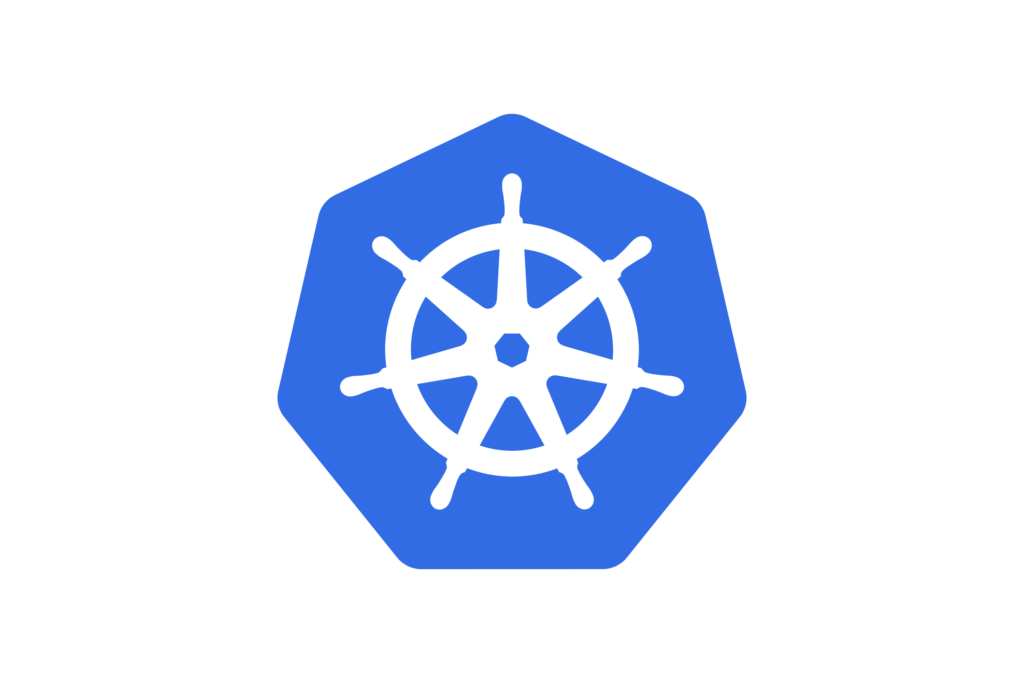
Service Discovery and Traffic Management Kubernetes enables containers to be accessed via DNS names or individual IP addresses and balances network traffic to maintain high availability and scalability. Automated Updates and Rollbacks Kubernetes allows you to define the desired state of your containers and applications, automatically adjusting the actual state to match the desired state at a controlled pace, facilitating smooth updates and rollbacks.
Secure Management of Configurations Kubernetes offers secure methods for storing and managing sensitive information, such as passwords, OAuth tokens, and SSH keys, without exposing them in the stack configuration. Kubernetes operates on a Linux operating system, working with pods of containers on nodes, providing the essential components to build developer platforms while maintaining user choice and flexibility.
Kubernetes Security Best Practices
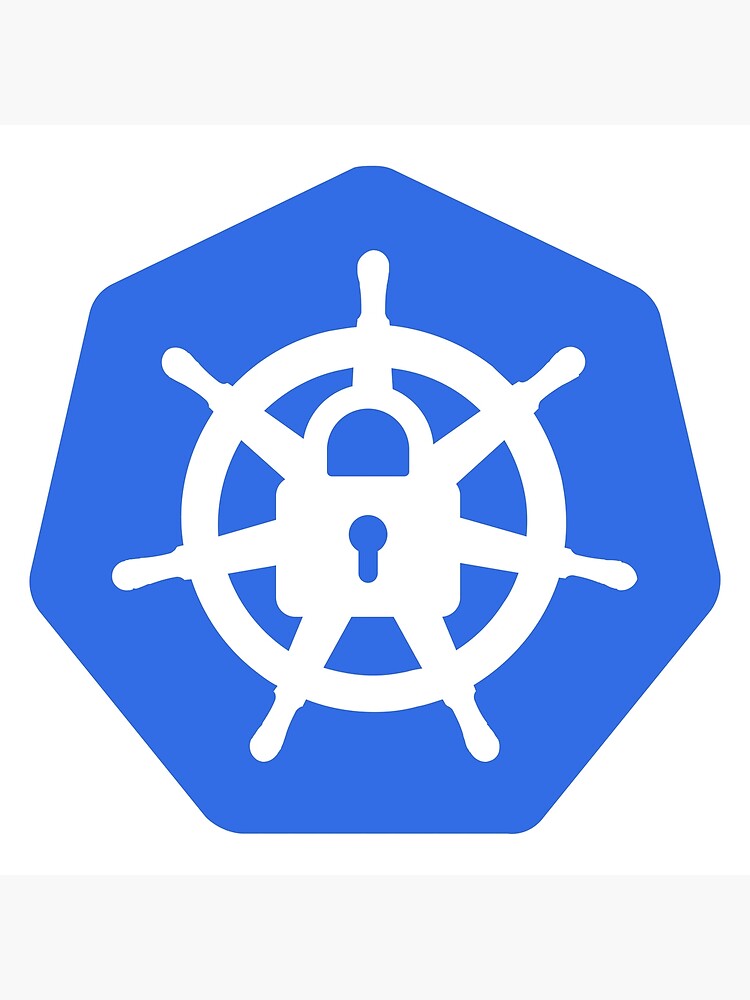
1: Enabling Kubernetes Role-Based Access Control (RBAC)
Implementing Role-Based Access Control (RBAC) is a critical step in securing a Kubernetes environment. RBAC manages access to the Kubernetes API, allowing you to define and enforce user permissions with precision.
In Kubernetes versions 1.6 and later, RBAC is typically enabled by default, though some hosted Kubernetes providers may require manual activation. When enabling RBAC, it’s essential to disable the legacy Attribute-Based Access Control (ABAC) to create a more streamlined and secure authorization process.
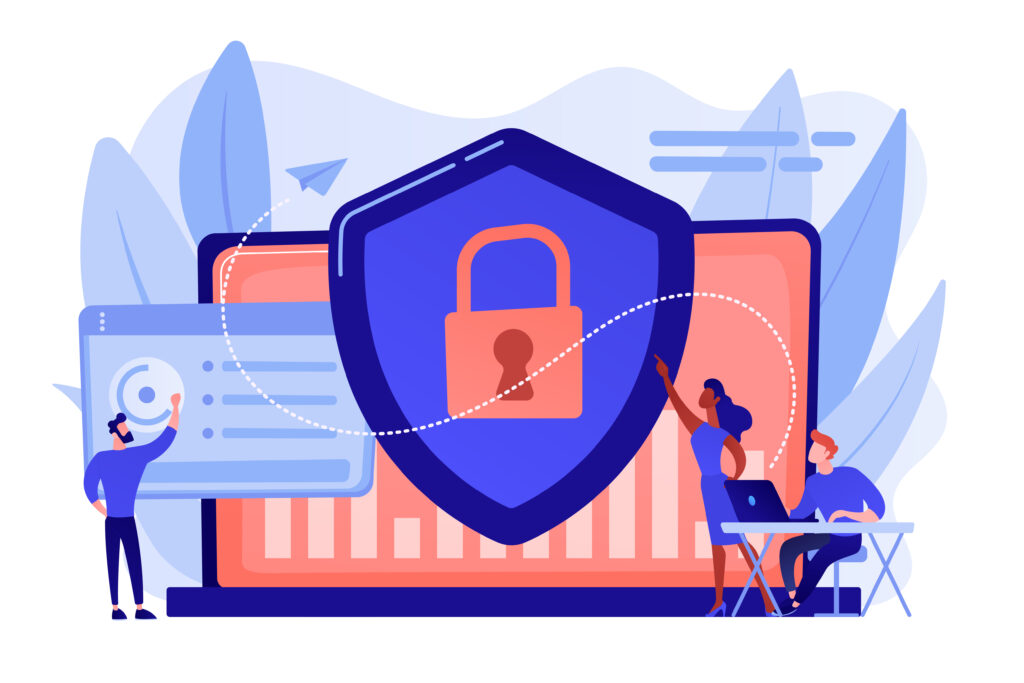
When configuring RBAC, it’s advisable to prioritize permissions that are specific to namespaces rather than applying them cluster-wide. This approach minimizes risk by limiting the scope of access. Even during debugging, avoid granting cluster administrator privileges unless absolutely necessary for specific tasks, as such broad permissions can expose the entire cluster to potential vulnerabilities.
Although RBAC is designed to simplify access management, there can be a temptation to create clusters with broad administrative roles and share these roles widely. This practice introduces significant security risks, as it allows users to make unrestricted changes across the entire cluster.
To safeguard your Kubernetes environment, always adhere to the principle of least privilege for both service accounts and users. Kubernetes facilitates the enforcement of this model at both the resource and action levels, ensuring users have only the permissions they need to perform their specific tasks.
2: Use Namespaces Effectively
Kubernetes namespaces are a powerful tool for organizing and isolating workloads within a cluster, providing developers with dedicated environments for exploration and experimentation. This setup effectively simulates a multi-tenancy model from a developer’s perspective.
This allows teams to work independently without interfering with each other’s projects. By creating separate namespaces, you can ensure that developers have their own spaces to deploy and manage applications, fostering a more organized and secure development process.

When namespaces are combined with properly configured Role-Based Access Control (RBAC), you can achieve fine-grained control over the resources and actions each developer can access within their specific environment.
For example, you can assign a developer to a particular namespace, giving them the ability to run applications and make changes only within that designated area. This approach prevents unintended interactions with other namespaces, ensuring that each developer’s work remains isolated and secure.
Moreover, implementing network policies within namespaces further enhances security. These policies can restrict communication between different namespaces or even within a single namespace, adhering to the principle of least privilege. By doing so, you can limit access to only what is necessary, reducing the risk of unauthorized actions and strengthening the overall security of your Kubernetes environment.
3: Image Scanning
Image scanning is an essential practice in maintaining the security of your containerized applications. Any vulnerabilities present in a container image can be inherited by every container created from it.
This process involves thoroughly scanning both the base image and all included packages against a comprehensive vulnerability database. By identifying and addressing potential security flaws early, you can significantly reduce the risk of deploying compromised containers into your environment.
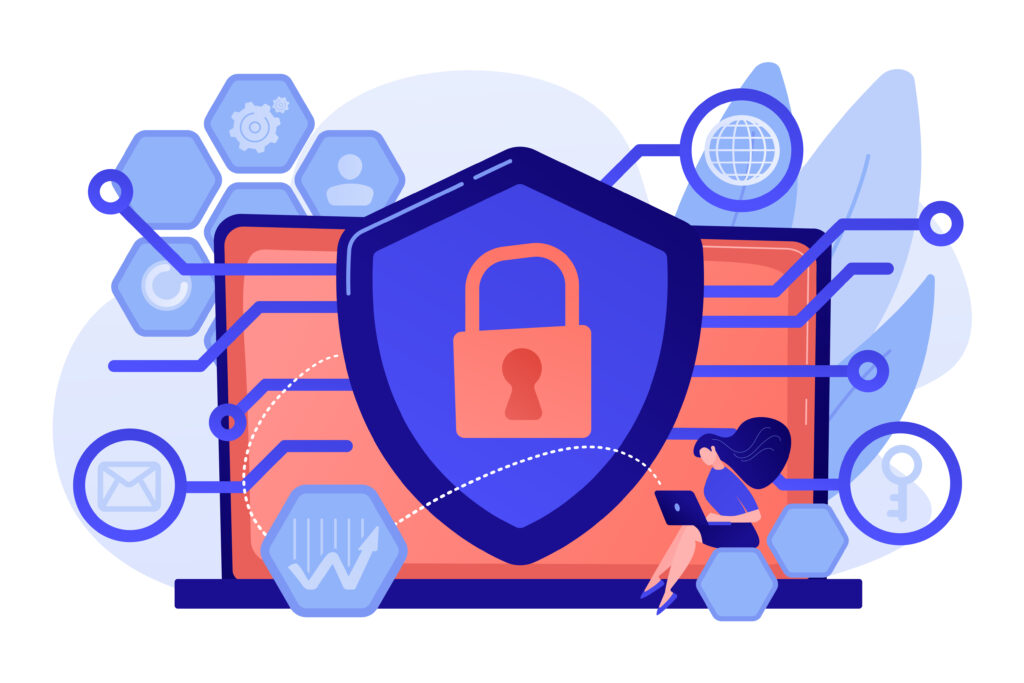
Image-scanning tools perform several critical functions that contribute to the overall security of your Kubernetes deployment. One of the primary tasks is vulnerability detection. These tools scan applications and libraries within container images for known vulnerabilities. This includes Common Vulnerabilities and Exposures (CVEs) and other risks that have been identified by public sources. By detecting these issues early, you can prevent the propagation of vulnerabilities throughout your deployment.
Another key function is base image assessment. Image-scanning tools evaluate the base image used to create the container, ensuring it does not contain vulnerabilities that could compromise the operating system or any associated libraries. This step is crucial in maintaining a secure and stable foundation for your containerized applications.
To ensure ongoing security, images should be scanned at every stage of the Continuous Integration/Continuous Deployment (CI/CD) pipeline. This proactive approach allows for the identification of vulnerabilities early in the development process, reducing the chances of security flaws making their way into production. Additionally, controlling access to image registries is vital to prevent unauthorized tampering with images, further safeguarding the integrity of your containerized applications.
4: Perform Continuous Upgrades
Regular upgrades are a fundamental aspect of maintaining a secure and reliable software environment, yet they are often overlooked, leading to outdated systems that may harbor critical vulnerabilities. Upgrades go beyond simply introducing new features; they frequently include crucial security patches designed to address emerging threats and vulnerabilities. For Kubernetes clusters, staying up-to-date with the latest versions is essential to ensure robust security and operational efficiency.

Continuously upgrading your Kubernetes clusters helps to protect against newly discovered vulnerabilities and exploits. Each new version of Kubernetes typically includes important security enhancements, bug fixes, and performance improvements. By operating on the most recent version, you ensure that your environment benefits from these updates. This will enhance the security and reliability of your Kubernetes infrastructure.
Failing to update can leave your system exposed to risks. It can also cause compatibility issues that may arise from deprecated features or unsupported configurations. Therefore, it is crucial to prioritize regular updates as part of your Kubernetes maintenance strategy. This proactive approach helps mitigate potential security risks. It also ensures that your clusters are equipped with the latest improvements and capabilities. This will ultimately contribute to a more secure and efficient operational environment.
5: Isolate Kubernetes Nodes
Enhancing the security of your Kubernetes environment involves critical measures, including the isolation of Kubernetes nodes from public networks. Ideally, Kubernetes nodes should operate on a dedicated, isolated network that is not directly exposed to the internet.
This separation helps protect the nodes from external threats and minimizes the risk of unauthorized access. Additionally, direct connections between Kubernetes nodes and the broader corporate network should be minimized to further reduce potential security vulnerabilities.
A key aspect of isolation is the separation of Kubernetes control and data traffic. When both types of traffic share the same network pathway, any vulnerabilities or open access to the data plane can inadvertently compromise the control plane. This will lead to significant security risks. To mitigate this risk, it is essential to implement robust isolation strategies.
One effective approach is to configure your Kubernetes nodes with an ingress controller that restricts connections. This configuration should ensure that only the master node can access the nodes, and only through designated ports as specified in your network access control list (ACL).
By enforcing these restrictions, you limit the potential for unauthorized access and enhance the security of your Kubernetes cluster. This will provide a more secure and controlled environment for your containerized applications.
6: Integrate Security Solutions with Kubernetes Clusters
Existing security tools, like web access control gateways and Next-Generation Firewalls (NGFW), often lack awareness of Kubernetes resources. To address this gap, integrate your Kubernetes clusters with your existing security tools.
This integration allows perimeter security systems to work in harmony with the security measures deployed within your clusters. This will help to create a comprehensive security solution.

One effective approach is to continuously feed the IP addresses and TCP/UDP ports used by your workloads into perimeter security tools. This information enables these tools to accurately identify and secure Kubernetes assets. This will ensure that both the perimeter and internal cluster environments are protected.
Another strategy involves using cloud provider security groups to limit network connectivity to and from Kubernetes nodes. Security groups align more closely with Kubernetes architecture than traditional security tools. This makes them an ideal choice for securing Kubernetes environments. By configuring appropriate security group rules, you can effectively control and monitor network traffic to and from your Kubernetes nodes.
INtergate your Kubernetes clusters with existing security tools and use cloud-provider security groups. This will help you can establish a robust and cohesive security framework. This framework protects your containerized applications from potential threats.
7: Enable Audit Logging
Enabling audit logging is a crucial security measure for Kubernetes clusters. Often, the auditing function is not activated by default when setting up a Kubernetes cluster. This makes it necessary to ensure that audit logging is explicitly turned on. Centralizing the generated logs for effective correlation and analysis is also essential for maintaining a secure environment.
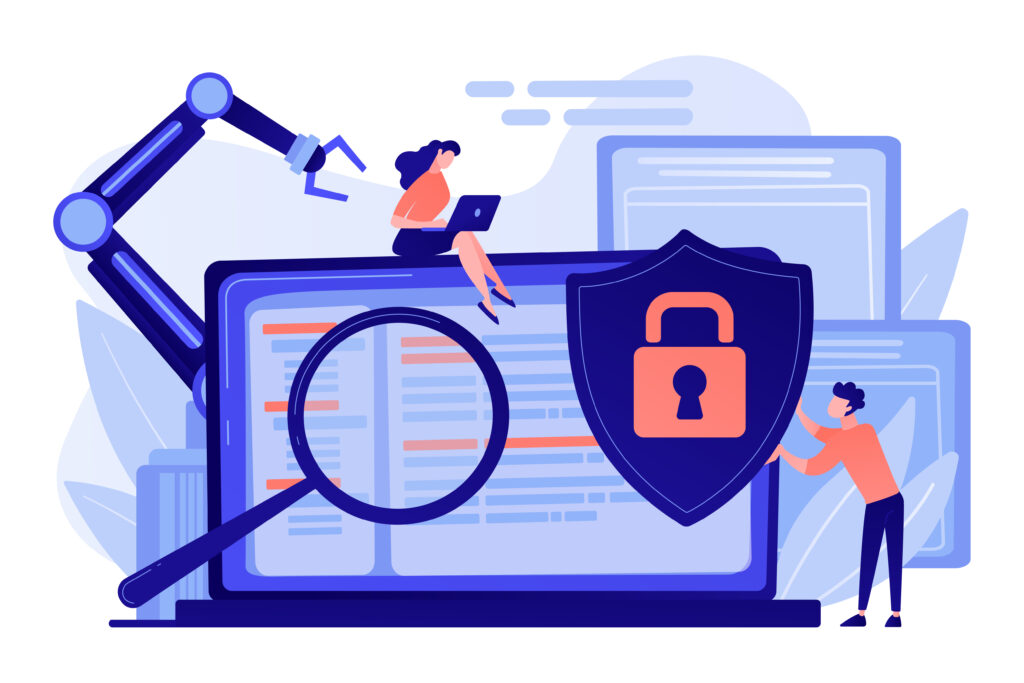
Auditing provides a critical mechanism for verifying that any changes made within your Kubernetes environment are appropriate. This process ensures that changes do not inadvertently introduce vulnerabilities. By diligently monitoring and analyzing audit logs, you can detect, investigate, and address suspicious activities. This helps prevent unauthorized access attempts from escalating into more serious issues.
Many managed Kubernetes providers offer built-in support for audit logging, which simplifies the process of enabling and managing this feature. These providers typically offer access to audit data through their management consoles. It will also allow you to configure notifications for authorization failures and other significant events. This built-in support helps streamline the monitoring process and ensures that you can respond promptly to any potential security incidents.
By prioritizing audit logging and continuously reviewing the generated logs, you significantly enhance the security of your Kubernetes clusters. This proactive approach enables you to detect and address security threats effectively. It will maintain the integrity and safety of your Kubernetes environment.
[Want to learn more about Kubernetes security best practices? Click here to reach us.]
Conclusion
In conclusion, securing a Kubernetes environment is essential for maintaining the integrity and reliability of your containerized applications. Implementing best practices such as enabling Role-Based Access Control (RBAC), effectively using namespaces, and performing regular image scanning can significantly reduce the risk of unauthorized access and vulnerabilities. Additionally, continuously upgrading your clusters enhances security further.Additionally, isolating Kubernetes nodes, integrating existing security solutions, and enabling audit logging further enhance the security posture of your Kubernetes infrastructure. These measures contribute to a more secure and resilient environment.
For organizations looking to ensure comprehensive security and management of their Kubernetes environments, Bobcares offers expert Kubernetes support services. Their team can assist with implementing these best practices, providing tailored solutions to keep your Kubernetes clusters secure and running smoothly. As Kubernetes continues to be a cornerstone of modern application deployment, leveraging professional support like that from Bobcares can help you stay ahead of evolving security threats. This support also helps you maintain a robust, resilient environment.




0 Comments